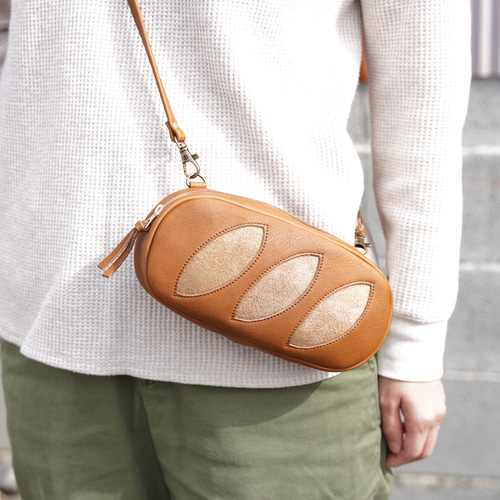
マイストア
変更
お店で受け取る
(送料無料)
配送する
納期目安:
05月16日頃のお届け予定です。
決済方法が、クレジット、代金引換の場合に限ります。その他の決済方法の場合はこちらをご確認ください。
※土・日・祝日の注文の場合や在庫状況によって、商品のお届けにお時間をいただく場合がございます。
セリーヌ☆ 超かわいい ミニバッグの詳細情報
花のポーチをインしても
そのままでも可愛いです
ポーチをインして
お花が見えるデザインになってます。
お花には使用感が出てますが
それ以外は
綺麗だと思います。
これからの夏の季節にはピッタリです
横
21センチ
高さ
12センチ
マチ
7センチ
神経質な方、
細かい事を気になさる方はご購入をお控えください。
いかなる場合でも
取引終了後のキャンセル、返品はお断りします。
そのままでも可愛いです
ポーチをインして
お花が見えるデザインになってます。
お花には使用感が出てますが
それ以外は
綺麗だと思います。
これからの夏の季節にはピッタリです
横
21センチ
高さ
12センチ
マチ
7センチ
神経質な方、
細かい事を気になさる方はご購入をお控えください。
いかなる場合でも
取引終了後のキャンセル、返品はお断りします。
ベストセラーランキングです
近くの売り場の商品
カスタマーレビュー
オススメ度 4.2点
現在、537件のレビューが投稿されています。
























